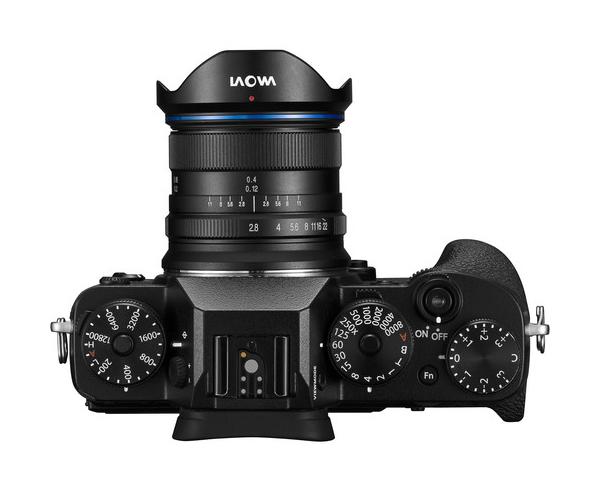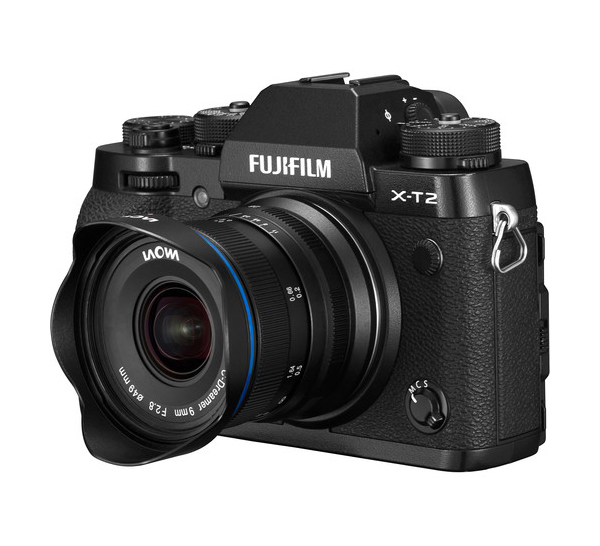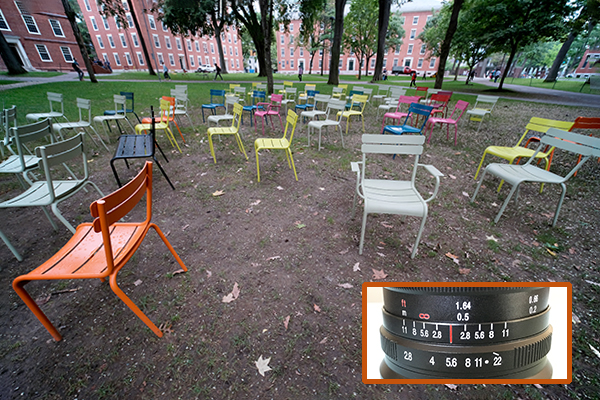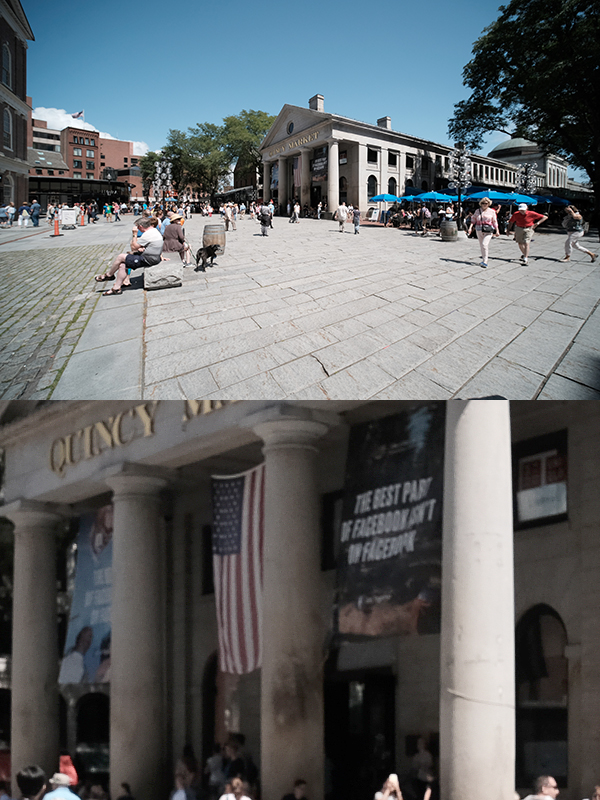Venus Optics Laowa 9mm f/2.8 Zero-D Lens for Fujifilm X Review

Attention wideangle prime lens fanatics! The new 9mm f/2.8 Zero-D lens from Venus Optics Laowa for Fujifilm X, Sony E and Canon EOS-M cameras has arrived.
Venus Optics Laowa may not be the most-mentioned brand name when photographers gather, but you have to give them credit for pushing the envelope when it comes to interesting lens configurations. Take a peek at their website and you’ll find a unique array of focal lengths including the oddball 24mm f/14 Probe lens, a 105mm f/2 Smooth Trans Focus and the 7.5mm f/2 which I reviewed on these pages about one year ago.

By zeroing in on focal lengths that other manufacturers skipped they have created a cozy market niche instead of offering “just another zoom lens.” Today’s subject, the manual focus 9mm f/2.8 Zero-D lens for certain Fujifilm, Canon and Sony mirrorless cameras, fills a vacant spot in the marketplace—a fast 13.5mm equivalent for these camera brands.
Specifications
Built utilizing 15 elements in 10 groups, including two aspheric elements plus three extra-low dispersion elements, the 9mm delivers a 113° angle of view. It’s small (about 2 x 2.4 inches) and light (less than 8 ounces). The compact size is right at home on the small cameras for which it was designed.
The lens is fully manual, including focus. It includes a bayonet-type flower-petal lens hood and can be focused as close as 4.7 inches (12 cm).

Construction
Like other Laowa lenses I have used, the 9mm f/2.8 feels solid and well made. The focus ring is smooth and the aperture ring clicks neatly at each stop. The distances engraved on the barrel are suspect, but accurate enough to focus by setting the hyperfocal distance.

The packaging is good too. And although I agree that the box doesn’t enhance the photos, I believe that a well made, handsome package says something about the manufacturer’s commitment to quality.

Performance
To evaluate the sample loaned to me, I used a Fujifilm X-Pro2. It has a terrific Focus Assist feature that allowed me to focus precisely.
On their website, Laowa claims that the optical formula and specialized lens elements “…realize a close-to-zero distortion & deliver a corner to corner sharpness.” But that’s not what I found.
There is noticeable light falloff at the corners at all apertures. This deficiency, commonly referred to as vignetting, is not uncommon in ultra-wideangle lenses. In all fairness to Laowa, I should remind readers of these two facts. First, vignetting can be remedied in Photo Shop fairly easily. Second, the lenses on some high-end point-and-shoot cameras vignette at WA, but the dark corners are automatically brightened when the image data is processed by the camera’s ASIC (Application Specific Integrated Circuit) image signal processor.

Sharpness is acceptable at the center, although not tack sharp, as determined by my admittedly subjective and non-scientific testing procedures. Sharpness diminishes near the edges and slight blur is most noticeable at the corners. Judicious use of the Unsharp Mask (or High Pass sharpening method) in Photoshop improved image quality.
Conclusion
If you dig wideangles, and I think most ardent photographers do, the Venus Optics Laowa 9mm f/2.8 Zero-D lens is a hoot to use. It’s fast, focuses close, and it’s wide enough that pinpoint focusing isn’t really necessary (i.e., depth of field at f/5.6 is so great that using the hyperfocal distance focusing method was a snap).
Light falloff (vignetting) and lack of tack sharpness, however, are two caveats that any prospective buyer must consider, particularly at this price point.
Mounts available at this time: Fujifilm X, Canon EF-M and Sony E. Cost is $499.
—Jon Sienkiewicz
- Log in or register to post comments

















































